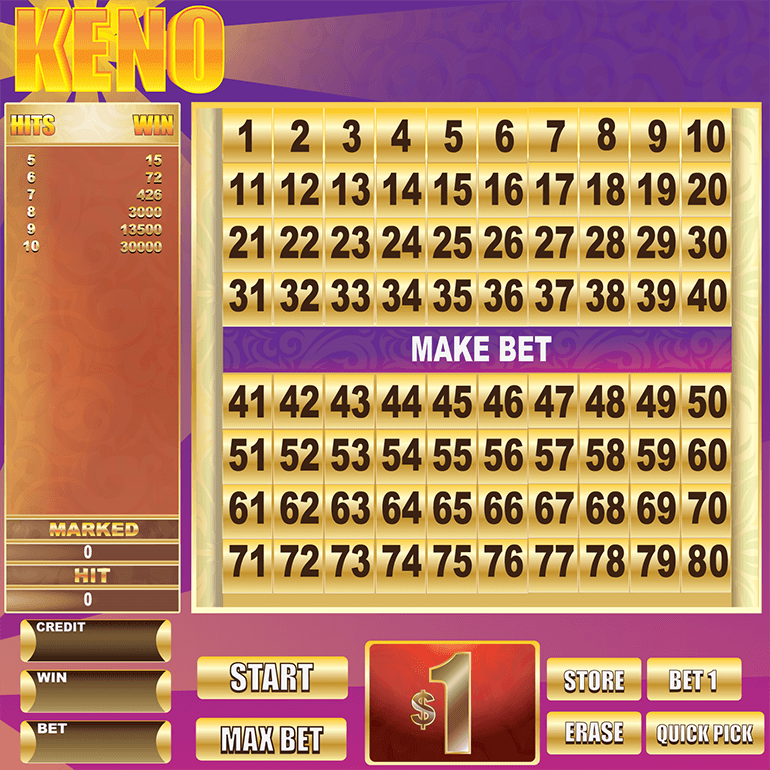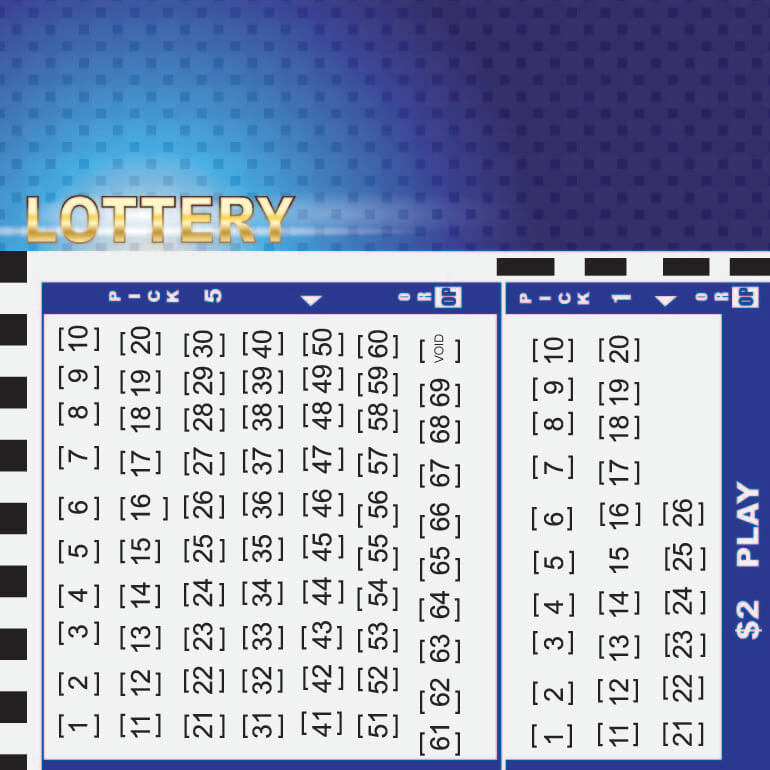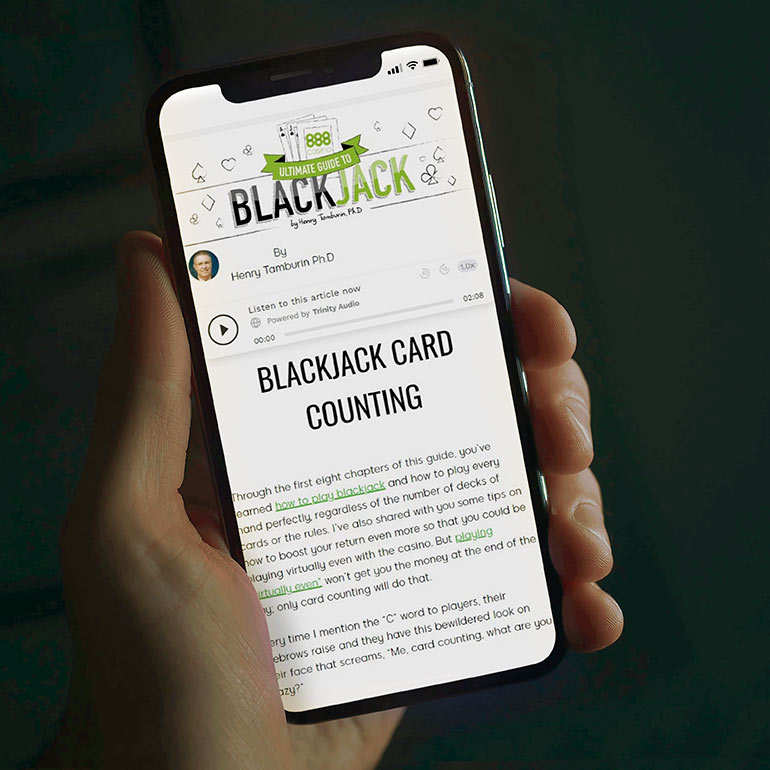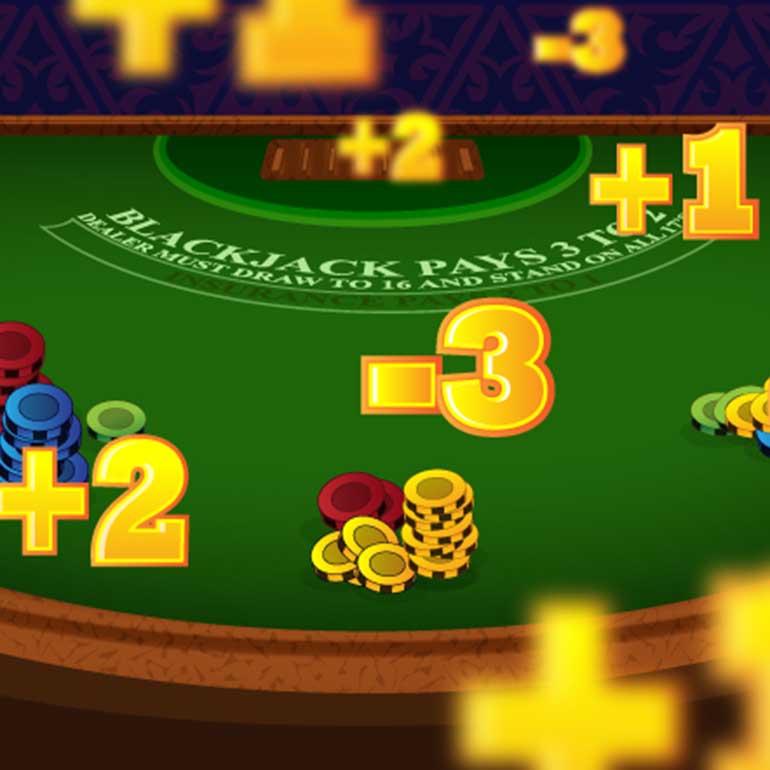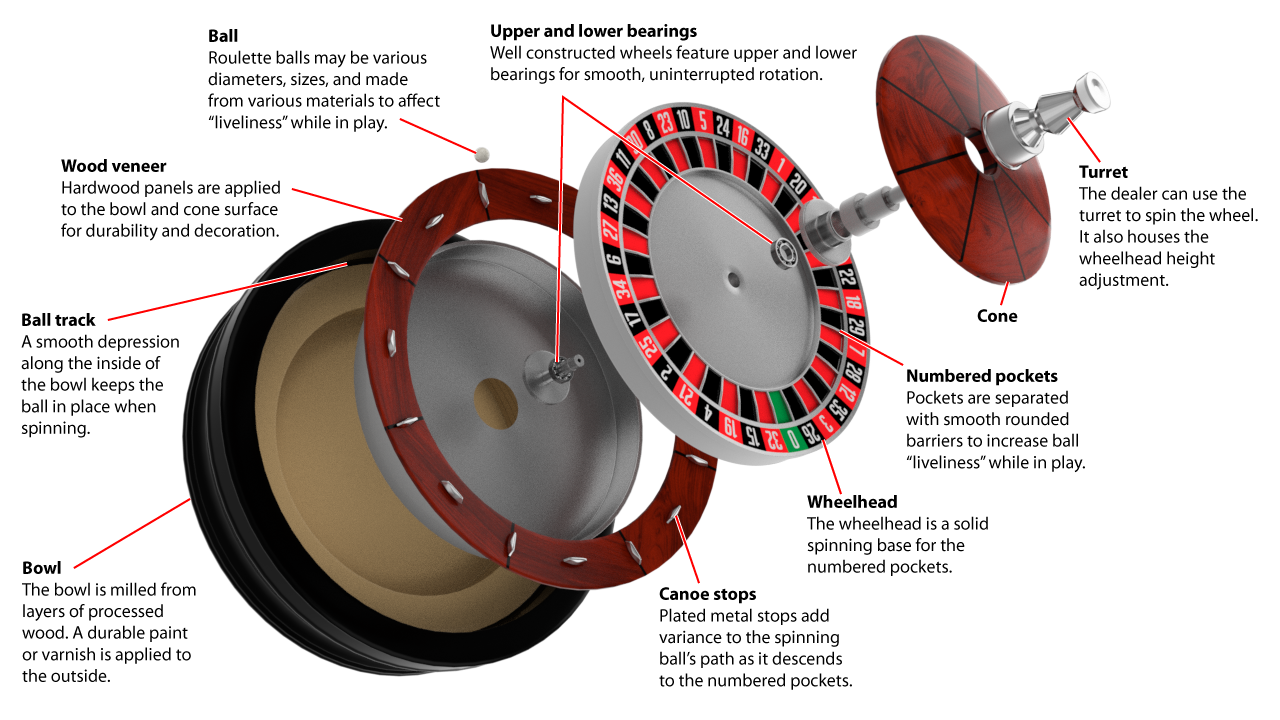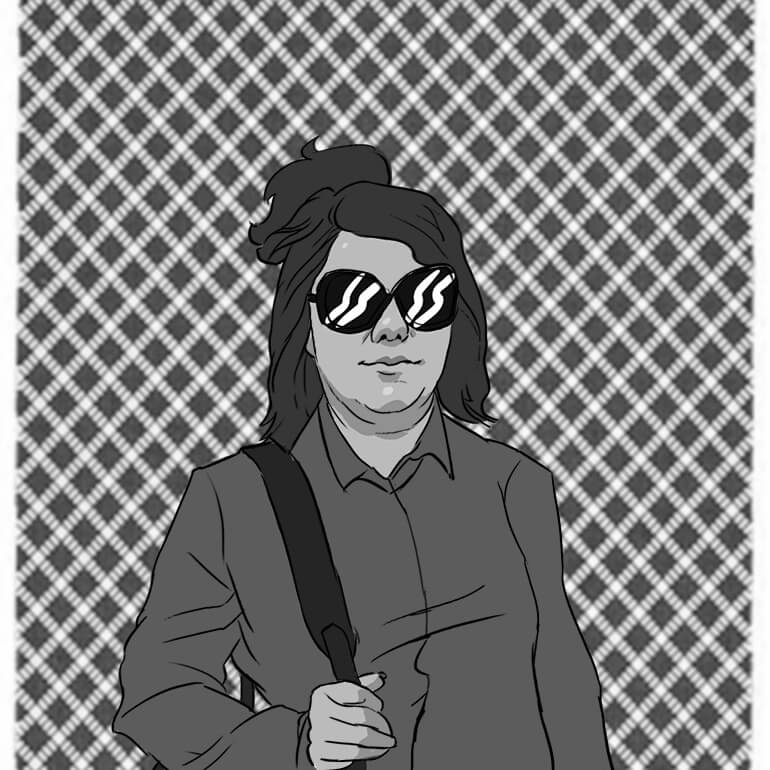BLACKJACK WHEN TO DOUBLE DOWN GUIDE
In this blackjack double down guide we’ll look at what double down bets are in casino games. That includes why experienced blackjack players choose to double down on some hands and not on others. Also, what the potential advantages are for the range of double down hands versus dealer hands?
Finally, we’ll go over the pros and cons of doubling down and the profit levels of successful blackjack double down bets.
What are double down wagers in casino games?
Gamblers double down often when betting on casino games such as slots, roulette, and baccarat. You can double down on wagers when playing on blackjack too, i.e. before cards have been dealt.
Why do players double their wagers at the start of certain casino games?
When players get a sense their luck might change for the better they double down on their bets hoping to capitalize. Likewise, players on winning streaks seek to maximize returns before their luck dries up.
DOUBLE DOWN WAGERS IN BLACKJACK
Blackjack is different in that there are double down rules built into the game that allows players to double down during some hands.
Each blackjack player bets on a box (or position) and receives two cards to start a hand total. The dealer will deal himself two cards too, one of which is dealt face down. This hidden card value forms part of the house edge because it generates ambiguous probabilities for players. Since players don’t know what the dealer’s hand total is, the key to winning blackjack and beating the dealer is determined on whether players hit or stand.
The double down in blackjack rules appear to give players the advantage of possible winning outcomes based upon the two cards each player has been dealt versus the dealer’s upcard. If blackjack when to double down rules are followed correctly the house edge becomes weaker.
What is double down in blackjack?
To know what doubling down is in blackjack and the blackjack double down rules you don’t need to be an expert blackjack player. If you’re new to the game or have never played blackjack before it’s important to know what the aim of winning blackjack entails and how doubling down in blackjack can help.
Blackjack outcomes (whether you win or lose) are mostly subject to the decisions you make. However other players at a blackjack table can also have a bearing on game outcomes. Only when the dealer’s two cards total 21 down to 17 and your final hand’s total can’t beat it, or you bust will you lose. If you draw you’ll recover your wagered chips.
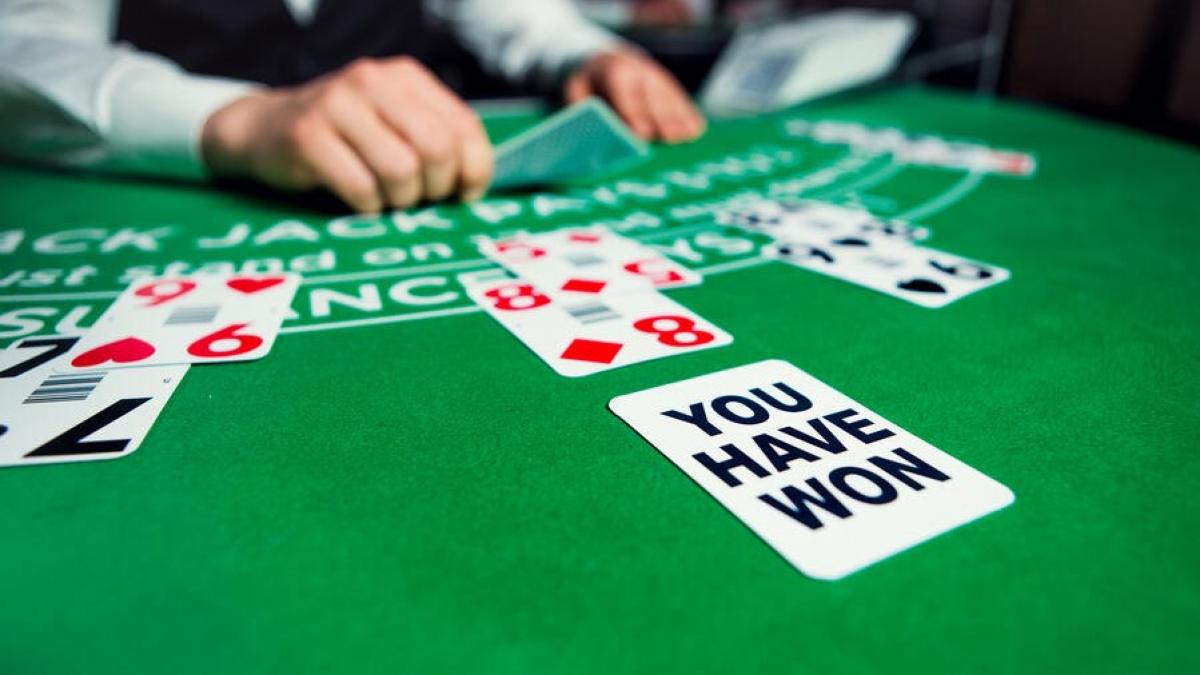
Where the dealer’s two cards (upcard and facedown card) total 16 or less is when the decisions you or other players at a blackjack table ultimately determine the outcome of games. Of course, you won’t know the number of the dealer’s facedown card, so you’re hoping the dealer:
- Ends up busting – if you manage to avoid busting yourself before the dealer’s outcome is known.
- Or the dealer’s total is 17 or 18 and you’re able to draw or better this total.
If players hit or stand when they really shouldn’t (going against basic blackjack strategy) this could return the advantage to the dealer. For instance, if 6 or higher cards were due to be drawn, the dealer with 16 would end up busting. But if 5 or lower cards were due, the dealer’s hand could reach 21 or close to it.
In some hands, whatever players decide (i.e., whether to stand on weak totals or drawing one or more cards to better a total), the dealer’s hand just turns out to be too strong i.e., 19, 20 or 21. And when luck is not on your side, hitting will result in a streak of busts.
On other hands, standing on weak totals could see the dealer bust. And hitting one or more cards could see the players ending up with stronger hands and beating the dealer.
How many cards will I get if I double down in blackjack?
If you double down in blackjack your hand will be dealt with one additional card. So, if you felt you needed more cards to make 21 or as close to 21 as possible without busting then it may not be wise to double down. If you double down your total will include the two cards you were originally dealt plus the value of the third double-down card.
WHEN DO PLAYERS DOUBLE DOWN IN BLACKJACK?
Blackjack double down rules vary depending on the online casino you play live blackjack in and the number of decks of cards in play. Some casinos will allow players to double down with:
- hard 10 or 11 hands
- hard 9 to 11 hands
- hard 9 to 11 hands and all soft hands (i.e., hands containing an Ace)
- any hand
If you’re allowed to double down on your wager you’ll be able to after seeing your first two cards that form the start of your hand’s total. The chances of you winning against the house increase if you’re allowed to double down on most hard/soft hands and you do so against weak dealer hands.
What are blackjack hard hands?
Blackjack hard hands are any two cards without an Ace. So, 2 through to 10 (e.g. 7+8 will total 15). And hard hands can include pairs (e.g., 5+5 the total is 10).
What are blackjack soft hands?
Here is a look at all of these hands:
- Ace+Ace through to A+10 (but A+10 is 21, a win, therefore you wouldn’t hit)
- A+A is 2 or 12 (known as soft 12)
- A+2 is 3 or 13
- A+3 is 4 or 14
- A+4 is 5 or 15
- A+5 is 6 or 16
- A+6 is 7 or 17
- A+7 is 8 or 18
- A+8 is 9 or 19
- A+9 is 10 or 20
Blackjack double down rules for players
Blackjack double down rules allow doubling down on certain hands. This means players can stake an equal amount of money (or chip value) of their original wager they placed to enter a game.
The blackjack double down rule for players is that after doubling down and receiving a third card you’ll be forced to stand on whatever the total of your hand is.
It’s important to identify what the best double down hands are because some appear to have an advantage or higher probability of leading to a successful outcome over others. However, you should be aware that opinions differ among blackjack experts as to the correct double down blackjack strategy to use in different situations.
There’s a lot to consider in deciding whether to double down in blackjack. For instance:
- Limiting yourself to receiving just one additional card is unwise if you believe you could make it to 21 or close to 21 (18,19,20). This is true whether you have soft and hard hand totals that are low.
- The dealer’s upcard.
- What cards have already been dealt from the shoe.
- You might consider other player’s hands on the blackjack table and what position you are at. For example, will you be hitting the first card from a shoe? If 10s are running rich you might consider whether they might continue to. And if so, will they for long enough if you are positioned at the end of a table (will be dealt last)?
What are the best HARD hands to double down?
- Hard 11: double down when the dealer’s upcard is 2 through to 10.
- Hard 10: when the dealer’s upcard is 2 through 9.
- Hard 9: Dealer has 3 through 6.
What are the best SOFT hands to double down?
- Ace+2 Or Ace+3: double down on any of these hands when the dealer has 5 or 6.
- Ace+4 Or Ace+5: when the dealer has 4 through to 6.
- Ace+6: when the dealer has 3 through 6.
- Ace+7: Dealer has 2 through 6.
Pros and cons and profitability of doubling down in blackjack
When any hand is played correctly on a blackjack table, players get to squeeze the house edge to their advantage using the double down rule. However, luck plays a big part in many outcomes thus profit and loss swings are on a tight leash.
If the house edge is narrowed to an even chance situation using double downs you’re doing well. From there on, if you can widen that advantage with a run of double down wins, enough to make a sizable profit then all the better.
If you have h11, you can reach 21 with any 10-value card and there are four sets of 10s in each deck of cards in play. Contrast this with when you have h10, the only way you’re going to reach 21 is with an Ace. So, the probabilities of gaining profits based on winning outcomes is determined by the value of the hand you have.
Blackjack double down casino tips
In a six-deck game, don’t double down with soft 19 or higher. Standing increases your chances of winning since doubling could weaken the total of your hand.
Avoid doubling down in blackjack with soft 12 (Ace+Ace). Instead split a pair of Aces because there’s a higher probability, you’ll reach 21 or closer to it than doubling a soft 12.
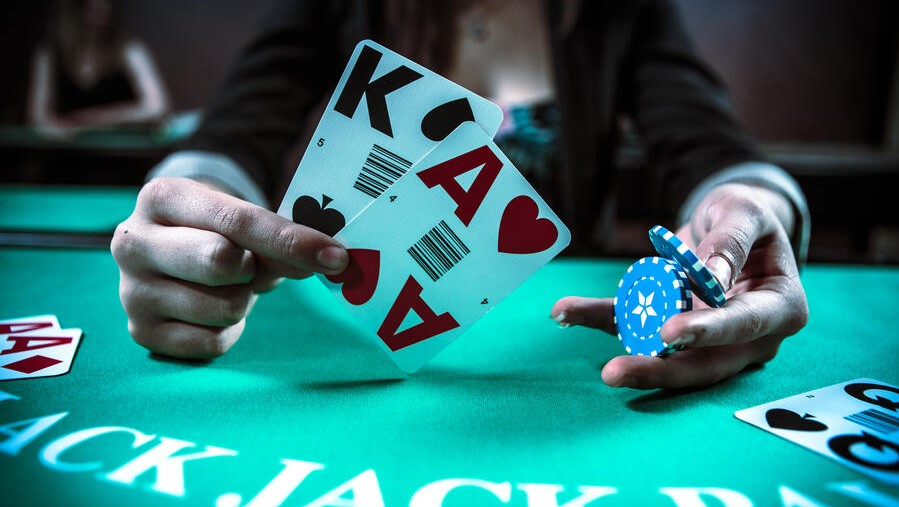
If you double down with a soft hand you don’t need to worry about busting since the Ace in your hand can be a 1 or 11. However if the dealer is allowed to hit on soft 17 he could improve his total to beat yours. But if the dealer must stand on soft 17, you should hit rather than double down.
Double down with soft 17 (Ace+6) when the dealer’s upcard is 3 through to 6. You’ll be hoping the dealer’s hand busts, but if it doesn’t you stand a better chance doubling down to try and better your 17 total.
WHAT ARE THE MOST PROFITABLE HARD HANDS TO DOUBLE DOWN ON?
The hands highlighted below are the most profitable double downs because they are over 50%. The range of percentages are based on how much profit the probability of successful double bets is likely to be. And these are calculated based on the profit percentages of original wagers.
Player’s Hard 11 vs. the Dealer’s upcard value as follows:
- 6 = +68% profit percentage of original wager.
- 5 = +63%
- 4 = +58%
- 3 = +53%
- 2 = +48%
- 7 = +47%
- 8 = +35%
- 9 = +23%
- 10 = +18%
Player’s Hard 10 vs. the Dealer’s upcard:
- 6 = +57% profit percentage of original wager.
- 5 = +53%
- 4 = +47%
- 3 = +42%
- 7 = +40%
- 2 = +38%
- 8 = +29%
- 9 = +15%
Player’s Hard 9 vs. the Dealer’s upcard:
- 6 = +31% profit percentage of original wager.
- 5 = +26%
- 4 = +19%
- 3 = +13%
WHAT ARE THE MOST PROFITABLE SOFT HANDS TO DOUBLE DOWN ON?
Player’s Soft 13 (i.e., Ace+2) vs. the Dealer’s upcard:
- 6 = +20% profit percentage of original wager.
- 5 = +13.75%
Player’s Soft 14 vs. the Dealer’s upcard:
- 6 = +20% profit percentage of original wager.
- 5 = +14%
Player’s Soft 15 vs. the Dealer’s upcard:
- 6 = +20% profit percentage of original wager.
- 5 = +13%
- 4 = +6.4%
Player’s Soft 16 vs. the Dealer’s upcard:
- 6 = +20% profit percentage of original wager.
- 5 = +13%
- 4 = +6%
Player’s Soft 17 vs. the Dealer’s upcard:
- 6 = +25% profit percentage of original wager.
- 5 = +19%
- 4 = +12%
- 3 = +6%
Player’s Soft 18 vs. the Dealer’s upcard:
- 6 = +36% profit percentage of original wager.
- 5 = +30%
- 4 = +25%
- 3 = +18%
- 2 = +12%
Blackjack when to double down conclusion
As detailed in this blackjack double down guide, knowing when to double down is key – even when playing blackjack online at 888casino. When you double down in blackjack you stand to lose more money if you win less hands. Therefore, it’s wise to weigh up the probability of:
- What blackjack hands are more likely to succeed against the dealer’s upcard if you double down?
- Winning on double down hands that return higher profit percentages of your original wager.
For players, blackjack double down rules and adopting a good blackjack double down strategy that works can be a minefield. An increased loss of wagers will deplete your gambling bankroll. Therefore, you’ll have to be strategic in deciding when to double down.


